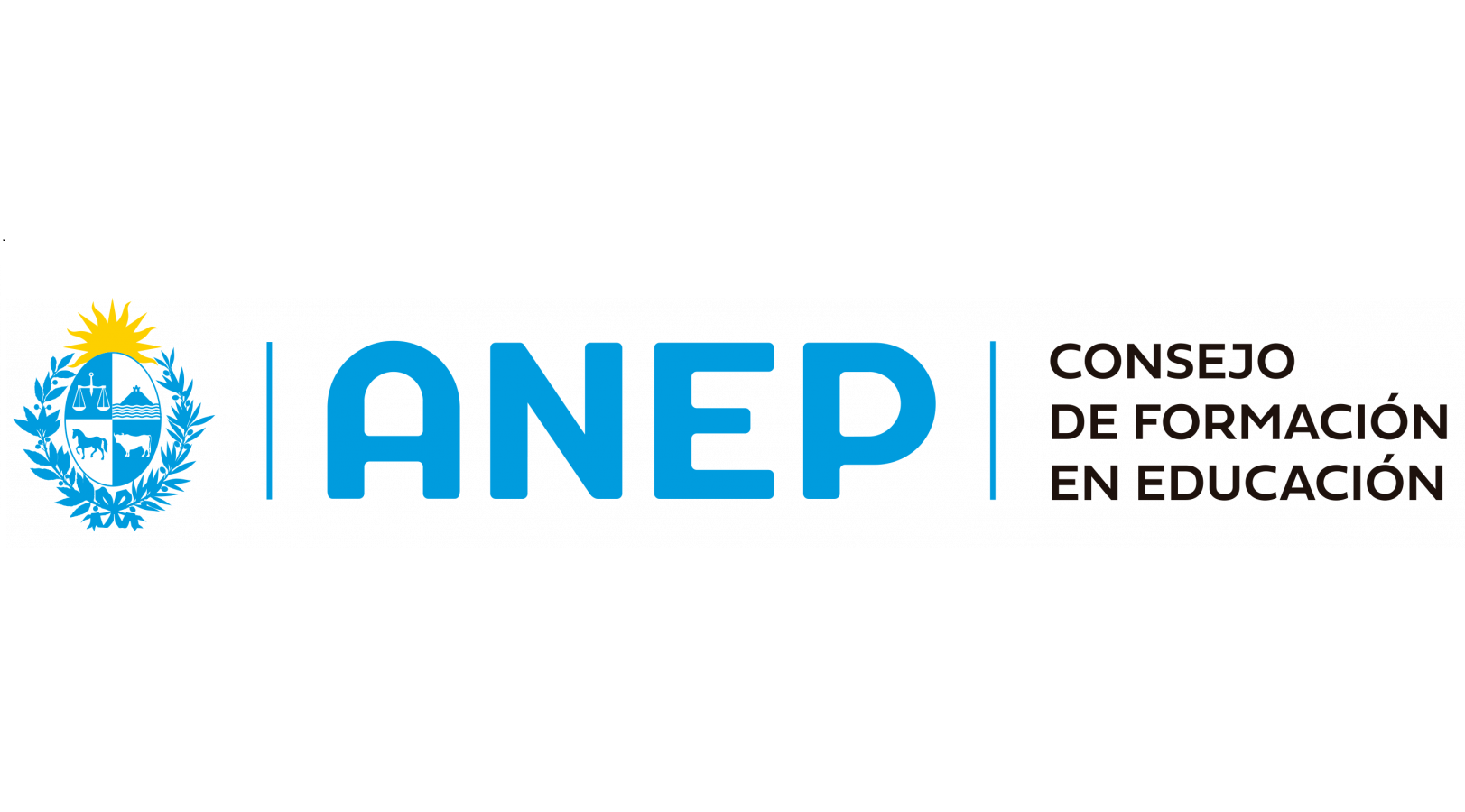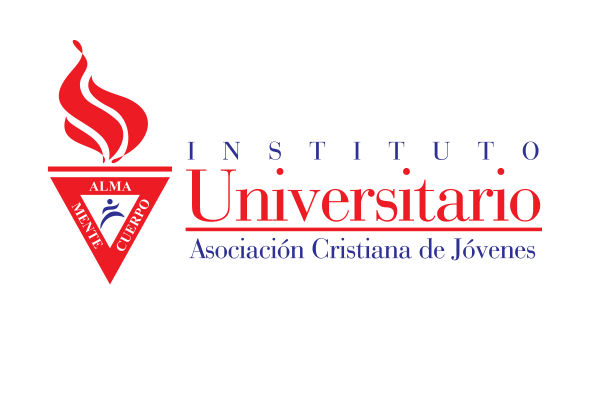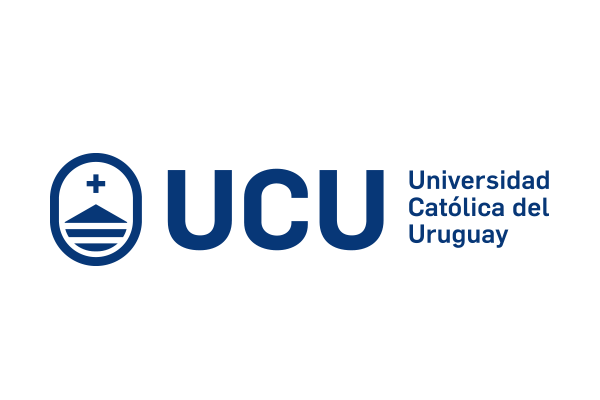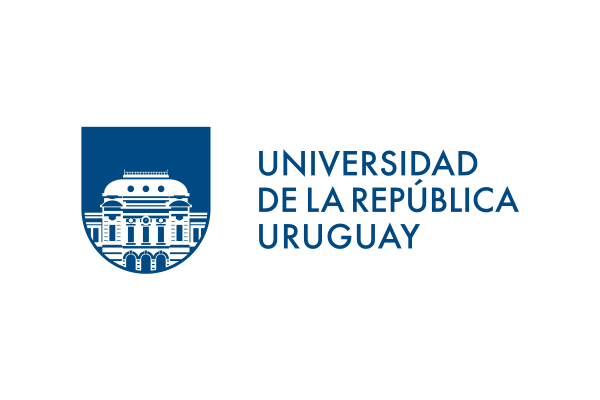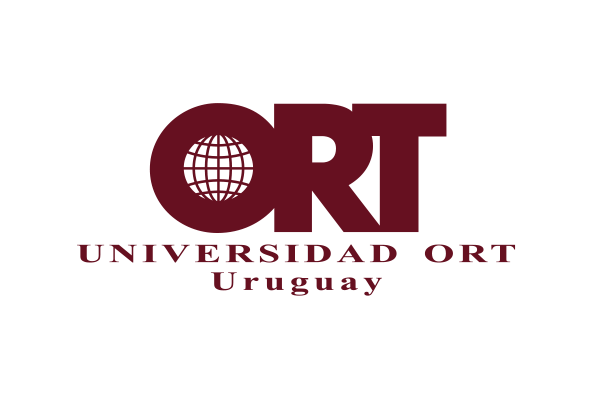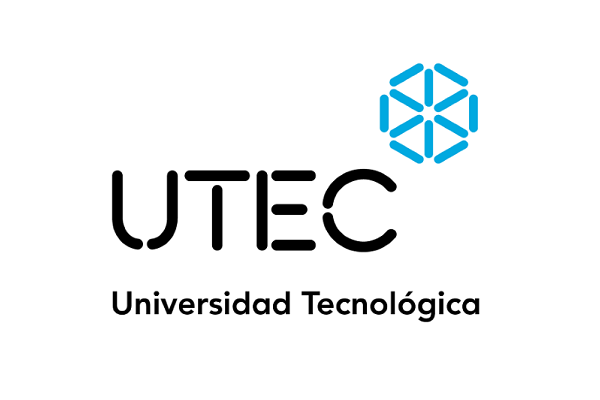Using satellite imagery for studying the dynamics of the Rio de la Plata turbidity front
Resumen:
Both remote sensing and numerical modeling studies heavily rely on field data for calibration and validation, but they are seldom used to validate each other. In this work we used the turbidity front detected from satellite imagery to evaluate the performance of a numerical hydro-sedimentological model of the Rio de la Plata. The Rio de la Plata is a micro-tidal estuary located between Argentina and Uruguay in South America. It is approximately 280 km long and its width increases from 20 km at the inner part to 220 km at its mouth. Due to its large extension, satellite images are one of the few tools able to provide a synoptic view of the estuary. The estuary receives an annual mean flow of 22.000 m³/s from the Parana and Uruguay rivers, and 160x106 tons/yr of sediment, which are mostly cohesive sediments coming from the upper Parana River basin. The following data was available for studying the response of the system to the main forcings: daily discharges of the main tributaries from 2001 to 2017 (the mean discharge for the 2014-2017 period was 24250 m³/s); wind data every six hours from the European Centre for Medium-Range Weather Forecasts (ECMWF); CTD salinity measurements at two sites along the northern coast of the Rio de la Plata (just in front of Montevideo and approximately 40 km to the W). We used images from the MODIS-Aqua satellite mission from 2014 to 2017. The images have a spatial resolution of approximately 1 km and a daily time step, and we used the red channel reflectance (wavelength of 645 nm) to detect the turbidity front location. The turbid river water in the inner and intermediate regions of the estuary has high reflectance, while the clear seawater in the outer zone and continental shelf has negligible reflectance. This allowed us to implement an image-based, autonomous algorithm, defining the turbidity front as a reflectance level that ‘best’ separates the two reflectance regions. We analyzed the distribution of the front location over the 2014-2017 period, and found that the front location along the Uruguayan coast is more often located to the E of Montevideo, approximately 60% of the time, being the maximum eastward distance 143 km. On the other hand, we observed that the front could recede up to 70 km to the W of Montevideo. The turbidity front location along the Uruguayan coast presented statistically significant linear correlation with the Parana and Uruguay river discharges, with larger discharges being associated with positions further to the E. Regarding the wind, we observed as a general trend that positions to the W are associated with relatively weaker winds from all directions, while positions to the E show a larger scatter and are more frequently associated with stronger winds. We also observed a general trend in the data indicating that the front location along the north coast was particularly affected by winds coming from the SW and ENE directions.
| 2019 | |
|
Imágenes satelitales MODIS Frente de turbidez Estuario Modelo hidrosedimentológico Teledetección |
|
| Inglés | |
| Universidad de la República | |
| COLIBRI | |
| https://hdl.handle.net/20.500.12008/26023 | |
| Acceso abierto | |
| Licencia Creative Commons Atribución - No Comercial - Sin Derivadas (CC - By-NC-ND 4.0) |

